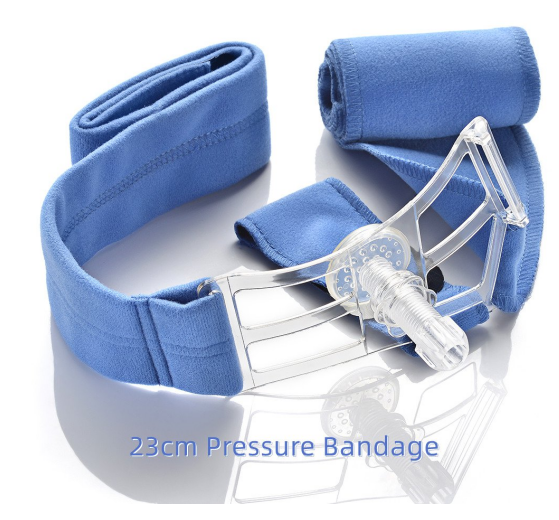We'd Love to Hear From You
Curious about product features, price quote, registration, delivery time, etc? We're ready to answer any and all questions within one business day.
In medical environments where fast and efficient bleeding control is critical, healthcare professionals rely on proven tools and techniques. Understanding the role of different hemostatic solutions is essential, especially when comparing tourniquet vs pressure bandage. Each has a distinct purpose in clinical care, and knowing when to use which can significantly impact patient outcomes. At SCW Medicath, we focus on developing and exporting dependable medical products that meet the evolving needs of hospitals and clinics around the world. Our pressure bandage products are designed to offer reliable support in managing vascular access sites, particularly after catheterization procedures, helping ensure patient comfort and procedural safety. With features such as transparent pads for visual monitoring, selective radial artery compression, and adjustable components, our pressure bandages are engineered for both ease of use and optimal effectiveness. These qualities make them a trusted solution in various clinical scenarios where controlled compression and patient-centered care are priorities.

Focused Compression with Patient Comfort in Mind
When considering tourniquet vs pressure bandage, one of the key distinctions lies in their intended usage and design. While a tourniquet is typically used to temporarily restrict blood flow, especially during emergency trauma or surgical procedures, a pressure bandage provides localized, controlled compression. SCW Medicath pressure bandages are created to secure puncture sites after catheterization with minimal discomfort. The transparent and soft pad allows for continuous observation while ensuring the site remains protected and properly compressed. The design also supports selective radial artery compression, allowing blood return and maintaining patency—features that make it a practical choice in clinical routines.
Designed for Precision and Reliability
Our bandages come in different sizes to provide a precise fit for patients with varied anatomical needs. Compared to general-purpose compression devices, the features of SCW Medicath's pressure bandage highlight our emphasis on usability and safety. Healthcare providers seeking alternatives in the discussion of tourniquet vs pressure bandage often note the adjustability and ease of use of pressure bandages for post-operative care. With just a simple turncap or strap adjustment, the pressure can be modified to suit the bleeding intensity and individual condition, reducing risks associated with excessive force or inadequate sealing.
Conclusion
As we continue to support global medical professionals through wholesale and export, we understand the importance of clear choices in clinical tools. Whether practitioners are weighing the options of tourniquet vs pressure bandage for vascular care or general bleeding management, our aim is to provide solutions that align with their safety protocols and efficiency requirements. SCW Medicath remains committed to offering well-engineered products like our pressure bandages, which combine practicality, comfort, and clinical precision—ensuring better outcomes for both users and patients. We also prioritize consistent product quality and performance, helping facilities maintain smooth operations while meeting high standards of patient care across diverse medical contexts.